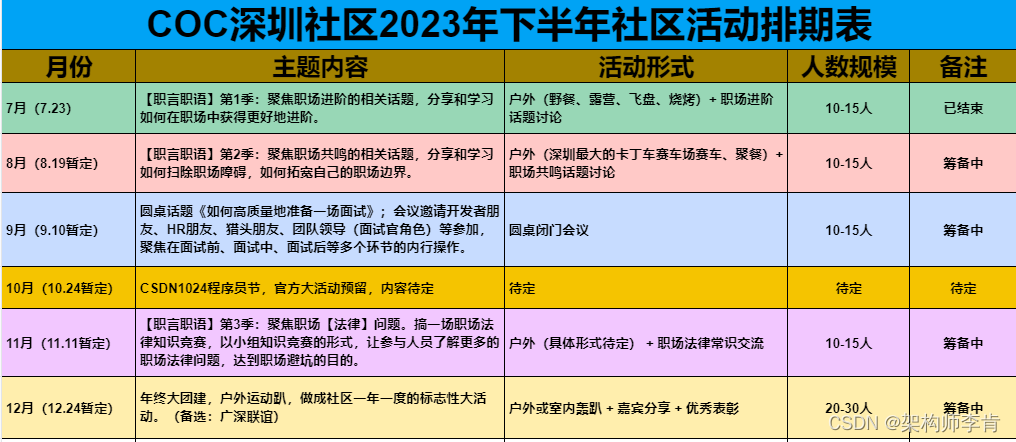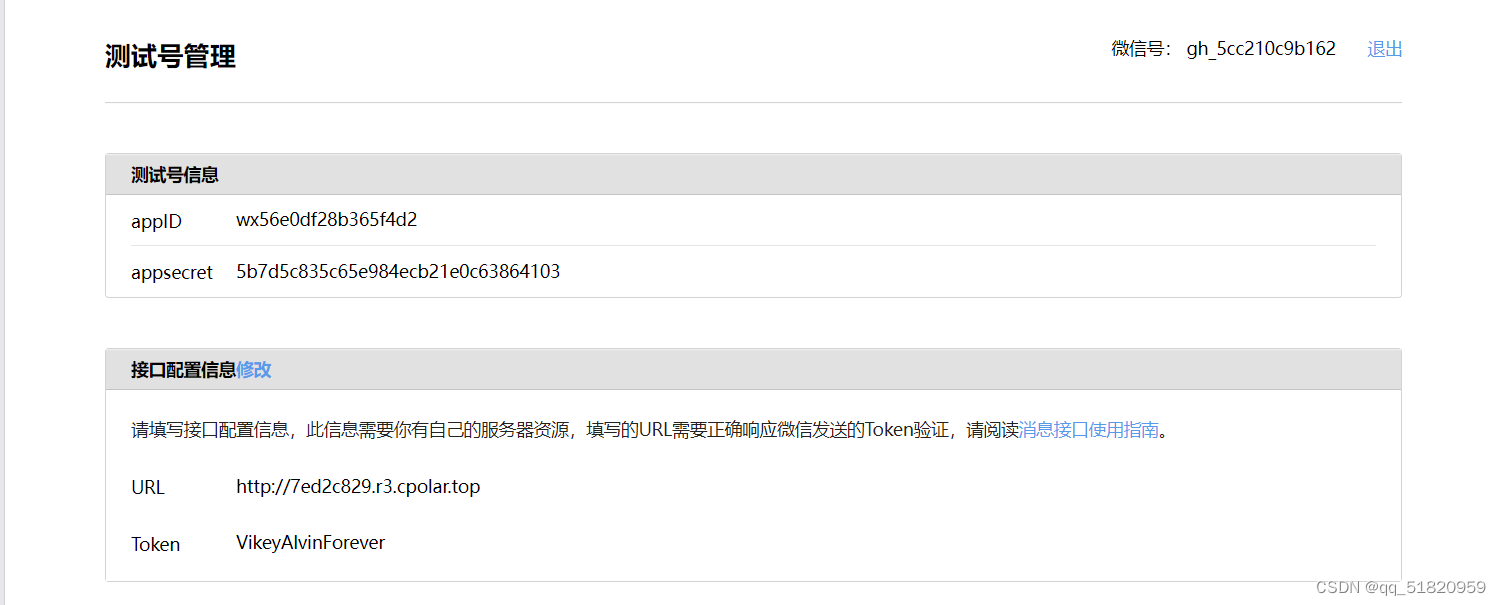编辑主要关心:
(1)文章内容是否具有足够的创新性?
(2)文章主题是否符合期刊的受众读者?
(3)文章方法学是否合理,数据处理是否充分?
(4)文章的标题、摘要、引言、结论是否清晰明确?
(5)文献综述、参考文献引用是否充足?
(6)行文语言是否流畅可读?
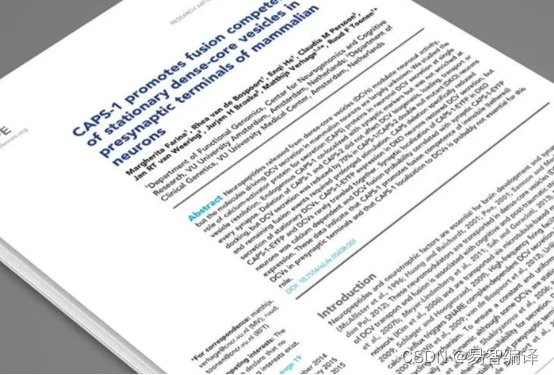
以此观之,除了文章的核心部分——创新性以外,期刊对文章的写作要求也很高。
很多文章即使创新性并不突出,但只要数据处理得好,文章写得好,照样有机会发表。所以写文章是一门大学问。
尤其在母语非英语的国家,写一篇流畅可读的文章,就至少能令作者有更多的机会进入一轮或多轮评审,而不是令审稿人“难以下咽”,直接拒稿。
审稿人对文章的处理意见分为以下五类(以Nature的Editorial Process为例):
-
接收(Accept):The paper is accepted for publication without any further changes required from the authors.
-
小修(Minor Revision): The paper is accepted for publication in principle once the authors have made some revisions in response to the referees’ reports.
-
大修(Major Revision): A final decision on publication is deferred, pending the authors’ response to the referees’ comments.
-
重投(Reject and Resubmit): The paper is rejected because the referees have raised considerable technical objections and/or the authors’ claim has not been adequately established. Under these circumstances, the editor’s letter will state explicitly whether or not a resubmitted version would be considered.
-
拒稿(Reject):The paper is rejected with no offer to reconsider a resubmitted version.
递交审稿意见的同时,系统会询问审稿人,是否愿意继续审阅这篇论文的修改稿。
编辑通常会把稿件送到3~5个审稿人处,一般当指定数量(2~3)个审稿人回复了审稿意见后,进入Required Review Completed的状态。
这个状态的时间很短,通常为1~5天左右。
如果多位审稿人答应审稿,但却超过时限未能及时返回意见,致使无法达到编辑可作抉择的最低审稿人数,则编辑会重新邀请审稿人,文章的审稿时间将会进一步延长。
建议Under Review超过4个月以上,可向编辑询问稿件状态如何,以免耽误修改或改投。

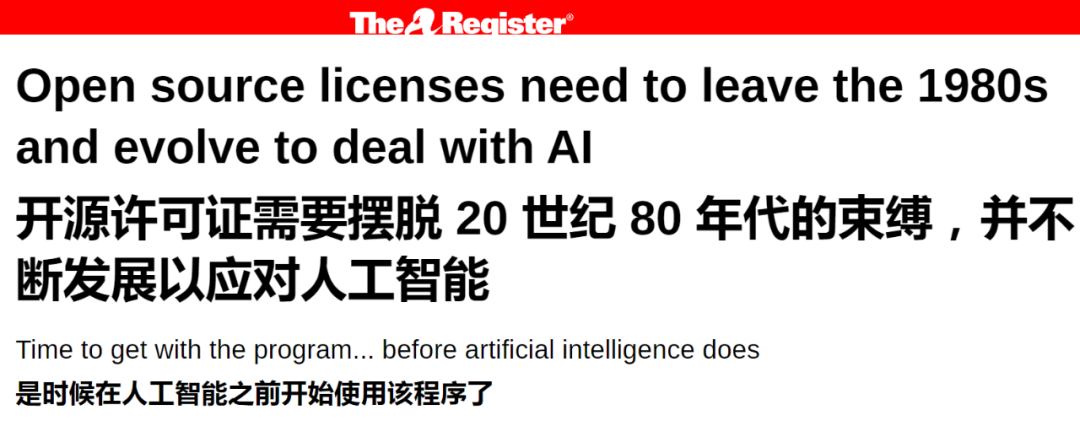




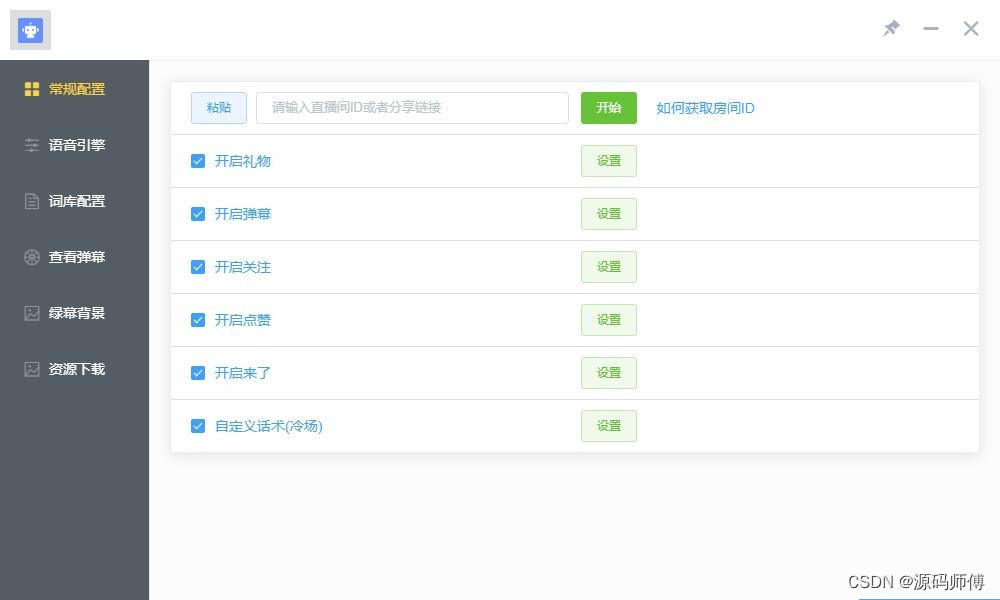
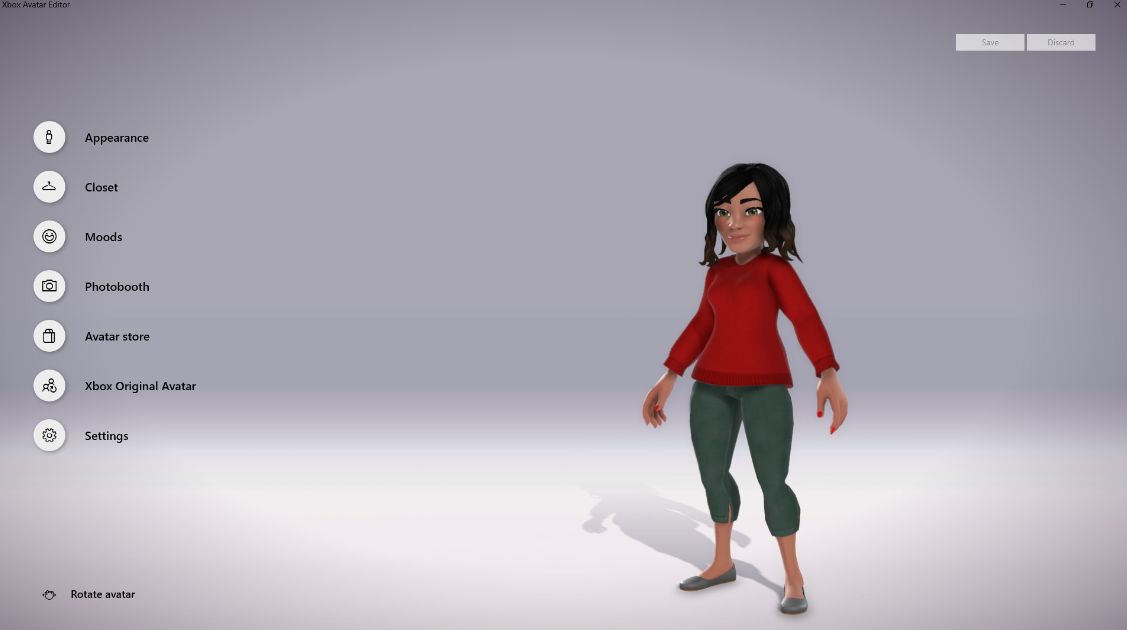

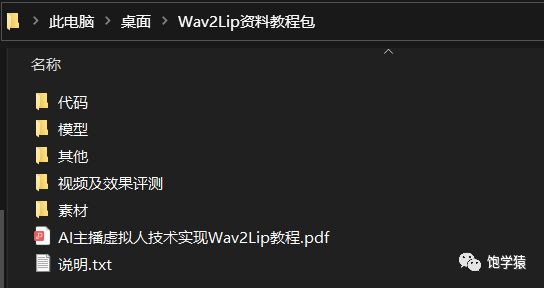


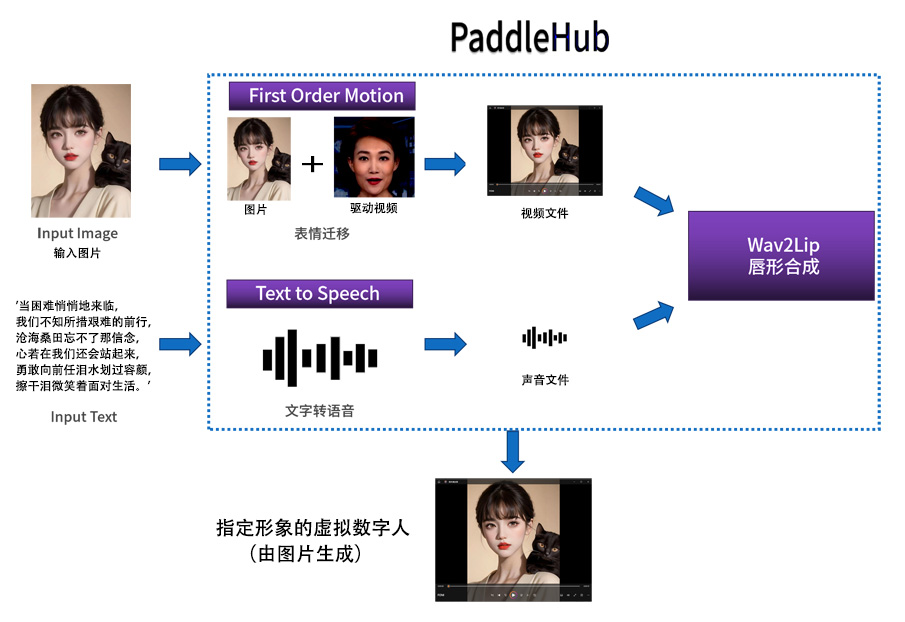
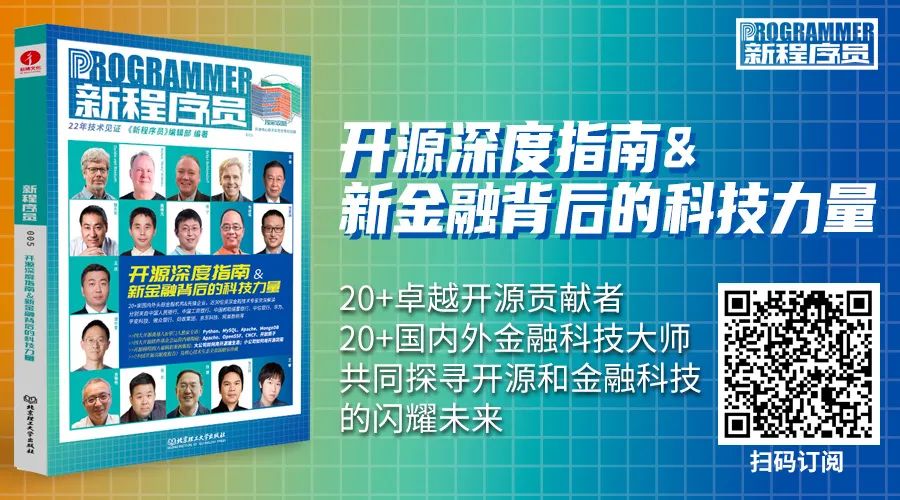

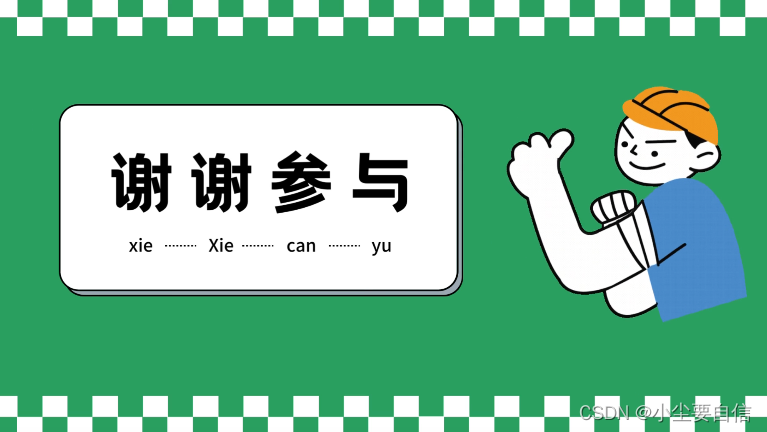
![前沿重器[35] | 提示工程和提示构造技巧](https://img-blog.csdnimg.cn/img_convert/7e58021e19c2a1fd75a3989cf3729549.png)
